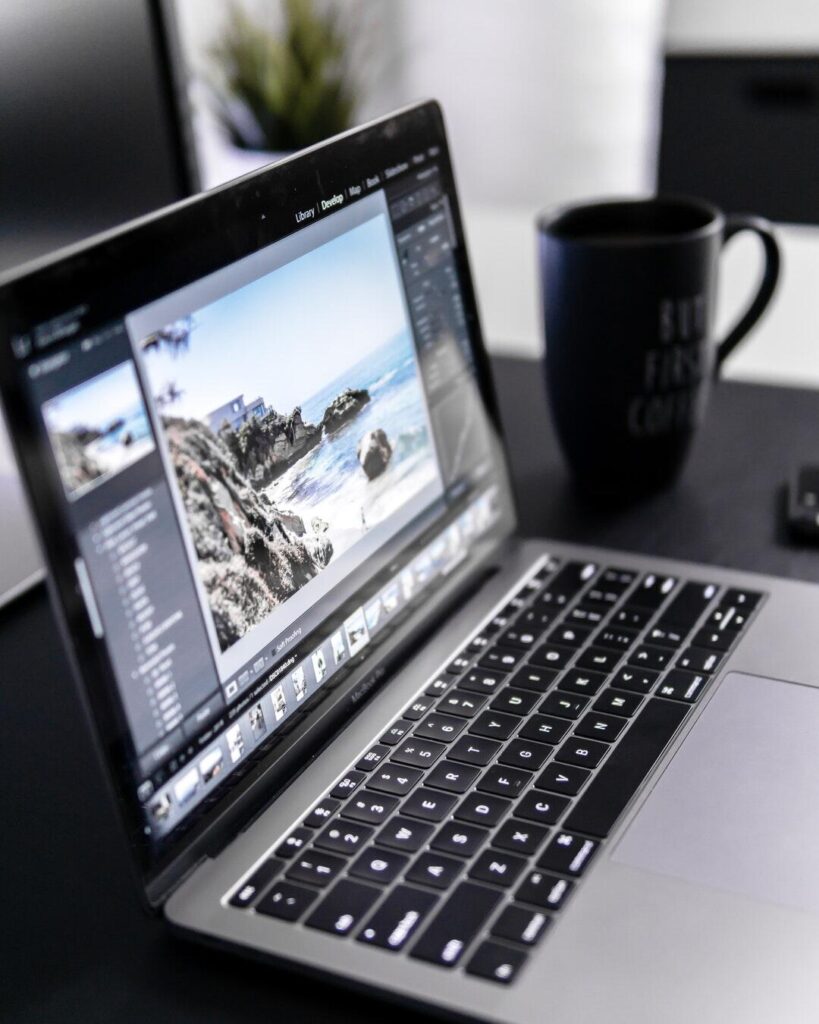In today’s world of media production – whether it’s photography, video editing, marketing, or content creation – the ability to quickly and cleanly remove backgrounds from images or videos has become an essential tool. While traditional methods like masking, rotoscoping, and green-screen (chroma key) editing are still valuable, newer AI-powered tools can now do in seconds what used to take hours.
This guide looks at some of the top tools for automatic background removal, compares their strengths and weaknesses, and offers practical advice on how and when to use them effectively in real-world projects. Read on.
Why Background Removal Tools Matter Today
Before we jump into specific tools, let’s talk about why background removal has become so important – and how AI-powered tools are changing the game.
Speed and Efficiency
Removing backgrounds manually can take a long time – especially with complicated scenes or video footage. AI tools can process many images or video frames at once, cutting production time dramatically.
Easier for Non-Experts
You don’t need to be a visual effects expert to use these tools. Even beginners in marketing or content creation can get professional-looking results without advanced training.
Flexible Editing
Once the background is removed, you can try different layouts, swap in new backgrounds, or test design variations quickly. Some tools even help you generate completely new scenes.
Saves Money
Even if the tools aren’t perfect, the time and labor they save often justify the cost – especially for high-volume work like product photos, video content, or social media graphics.
Mix of Automation and Manual Control
Many tools give you both – automatic background removal plus manual touch-up options like edge smoothing or brush-based editing. This hybrid approach gives you the best of both worlds.
Note: These tools aren’t flawless. Hair, fur, transparent objects, motion blur, and fine edges are still challenging. The best tools use smart AI to improve results, but human oversight is still helpful in tricky cases. Check out one of the best tools on BG remove and others.
What to Look for in a Background Removal Tool
Not all background removal tools are created equal. The right tool for you depends on your needs – whether you’re editing still images, video, or working on a tight deadline.
Here’s a breakdown of the most important things to consider:
Accuracy and Edge Quality
This is the most important factor – especially when dealing with hair, fur, or transparent materials. Tools like Photoshop or Cutout.pro offers advanced edge control and manual fine-tuning, which makes a big difference in quality.
Speed and Processing Power
If you’re working with lots of images or long videos, you’ll want a fast tool that can handle batches. Services like Remove.bg and Slazzer are built for speed and large-scale tasks, often with APIs for automation.
Video Compatibility
Not every tool works with video. And among those that do, the quality can vary a lot. If you’re editing videos for YouTube, TikTok, or commercials, look for tools like Unscreen or Cutout.pro that are designed specifically for video editing.
Integration With Other Software
A good tool should work well with the other apps you already use – like Adobe Creative Suite, Canva, or Figma. Some tools offer plugins or drag-and-drop functionality that fits right into your workflow.
Pricing and Licensing
Different tools have different pricing models – some charge monthly, others by the image or by the video minute. For frequent use, a subscription may save you money. If you only need it occasionally, pay-per-use might be better. Also watch out for extra costs like removing watermarks or upgrading resolution.
Manual Editing Options
No AI tool is perfect. Look for tools that allow manual adjustments, like:
- Erase/restore brushes
- Edge smoothing or feathering
- Matte tweaking or refinement
These features let you fix minor errors quickly and improve your final result.
Privacy and Local Processing
If you’re working with sensitive content or private client data, uploading it to the cloud might not be allowed. In that case, use desktop tools that can process files locally – no internet needed.
Tips, Strengths, and Common Challenges
Even the best background removal tools struggle with some common challenges. Here are a few things to keep in mind to get the best results:
Handling Hair and Fine Detail
Hair and fur are notoriously tricky. Expect to spend some time cleaning up edges, even with the best tools. Choose a tool that supports matting or has fine-tune controls.
Bulk Projects
If you’re editing hundreds or thousands of images (like in e-commerce), make sure your tool supports batch processing or API access. This can save huge amounts of time and keep your results consistent.
Video Limitations
Fast-moving subjects, motion blur, or overlapping objects can confuse AI. In complex video scenes, you may still need to use traditional methods like rotoscoping for frame-by-frame accuracy.
Importance of Refinement Tools
Even when automation gets 90% of the job done, features like edge feathering, alpha matte tweaks, and manual brushes are key to making the final result look polished and natural.
Always Test on Difficult Cases
Before committing to any tool, test it with your most complex files – such as images with transparency, hair, or cluttered backgrounds. This will show you how well the tool performs in real-world situations.
Consider a Hybrid Workflow
Sometimes the best approach is to use cloud-based tools for quick edits and local tools for detailed work. This gives you both speed and control – especially useful in professional workflows.
Stay Up to Date
Background removal tools are evolving fast. AI models improve regularly, so check for updates or new features that may boost performance or accuracy.
Don’t Abandon Traditional Methods
Even with great AI tools, old-school methods like green screens, manual masking, or matte painting still have their place. This is especially for high-end production or tricky scenes.
Making Background Removal Work for You
Automated background removal has moved from a novelty to a mainstream production tool. Whether you’re shooting product photos, editing social media videos, or designing marketing assets, these tools can save time and reduce the need for repetitive manual work. Stay flexible – and don’t be afraid to mix modern tools with traditional methods
If you want to read more articles, visit our blog.






